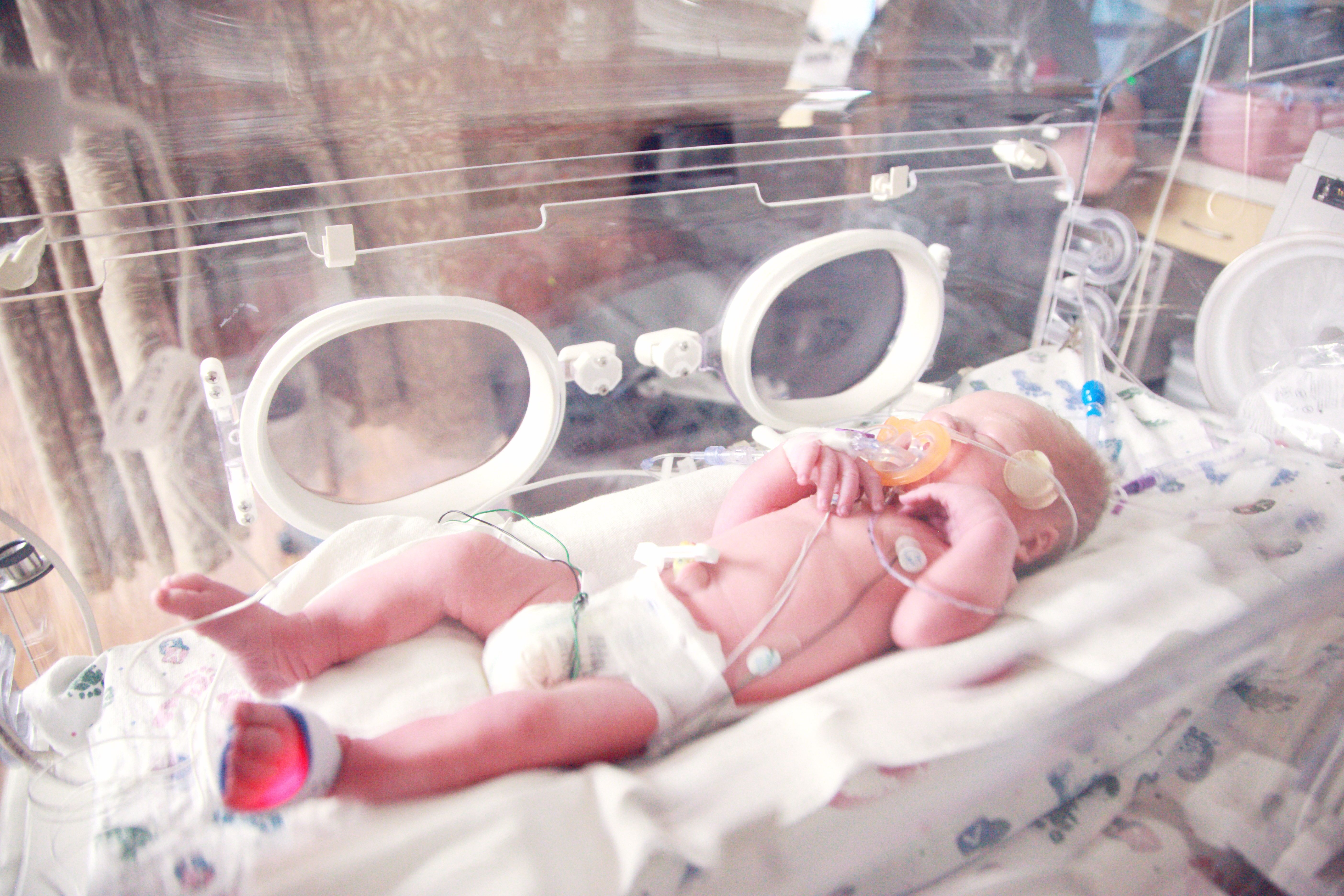COVID-19 Infection Reduces the Risk of UTIs, Bacteremia, and Bacterial Meningitis in Febrile Infants
Infants with non–COVID-19 viruses had a lower risk of UTIs, bacteremia, and bacterial meningitis, while those with COVID-19 had the lowest risk.

Guidelines from the American Academy of Pediatrics (AAP) were created to screen for urinary tract infections (UTIs), bacteremia, and bacterial meningitis in febrile infants 8–60 days old. While some research suggests the presence of a respiratory virus reduces the risk of developing these infections, the role of viral testing is undetermined.
One study, recently published in JAMA Network Open, was conducted to assess the prevalence of urinary tract infections (UTIs), bacteremia, and bacterial meningitis in febrile infants systematically tested for viral infections, including COVID-19. The investigators found that infants with non–COVID-19 viruses had a lower risk of infections compared to those with no detectable virus, while infants with COVID-19 had the lowest risk.
The secondary analysis prospectively collected data from febrile infants aged 8–60 days who were evaluated at an urban tertiary pediatric emergency department between March 2020–December 2022. The infants underwent viral testing, including for COVID-19; standardized clinical, laboratory, and follow-up data were collected. The investigators compared the prevalence of infections and invasive bacterial infections (IBIs) between infants with no virus detected, COVID-19 infections, and non–COVID-19 infections.
A total of 931 infants included in the analysis, averaging 38 days of age, 58.8% male, and 46.0% requiring hospitalization. Of the infants, 107 (11.5%) had UTIs, bacteremia, or bacterial meningitis, and 20 (2.2%) had IBIs. Viruses were detected in 65.6% of the infants, and 17.5% had COVID-19. The prevalence of infections was lower in infants with non–COVID-19 viruses compared to those with no detectable virus, and the lowest prevalence was observed among infants with COVID-19. IBIs were significantly fewer in both the COVID-19 and non–COVID-19 groups than in the virus-negative infants.
This cohort study provides valuable insights into the prevalence of infections in febrile infant. “To our knowledge, this cohort study is the first to assess the prevalence of UTI, bacteremia, and bacterial meningitis among febrile young infants systematically tested for viral infections,” wrote the study authors.
The findings align with previous studies and support the AAP recommendations that a confirmed non–COVID-19 virus should not impact the initial evaluation of febrile infants. However, the study also highlights the very low risk of IBIs in infants with COVID-19, which can assist clinicians in individualizing management and making informed decisions in collaboration with parents.
Newsletter
Stay ahead of emerging infectious disease threats with expert insights and breaking research. Subscribe now to get updates delivered straight to your inbox.
